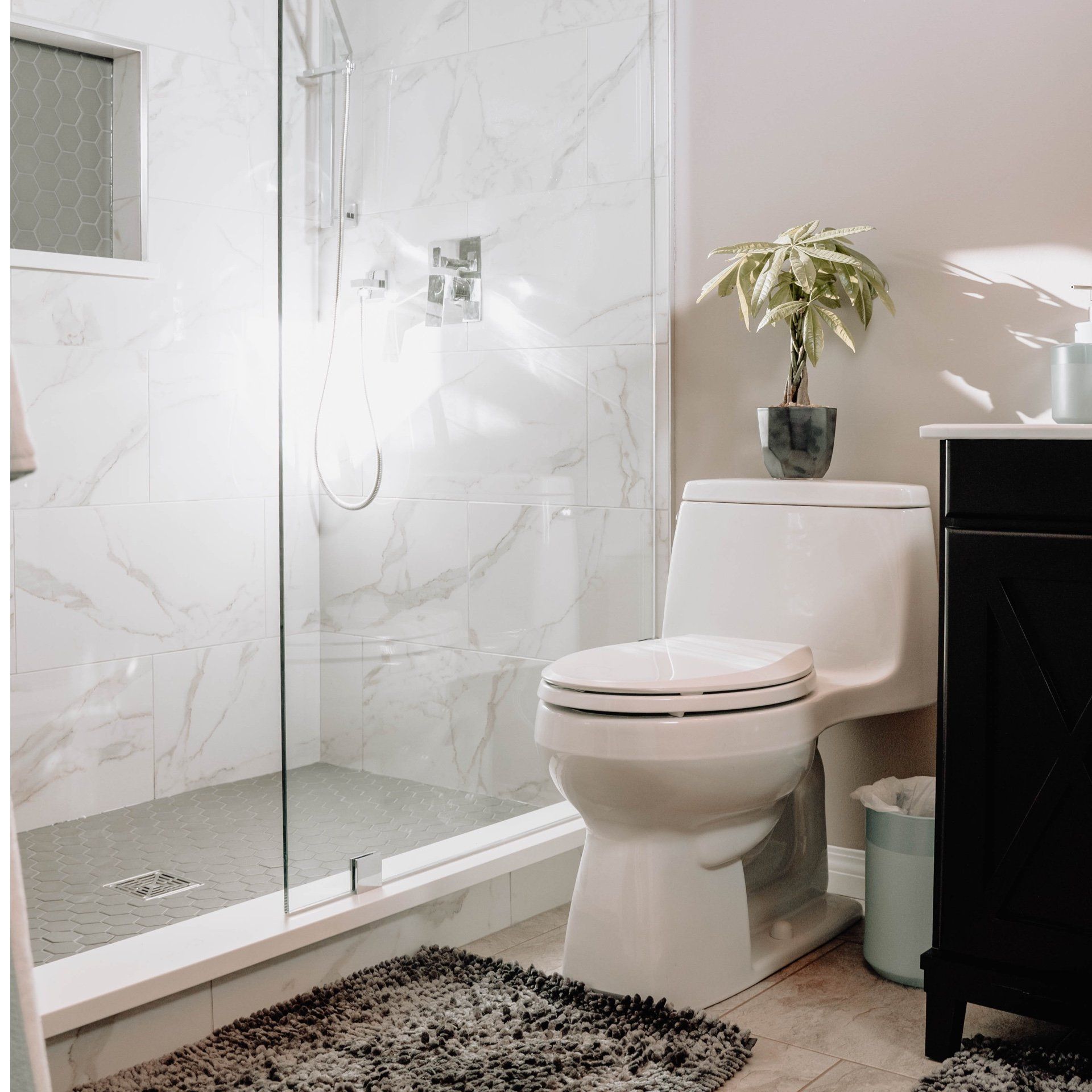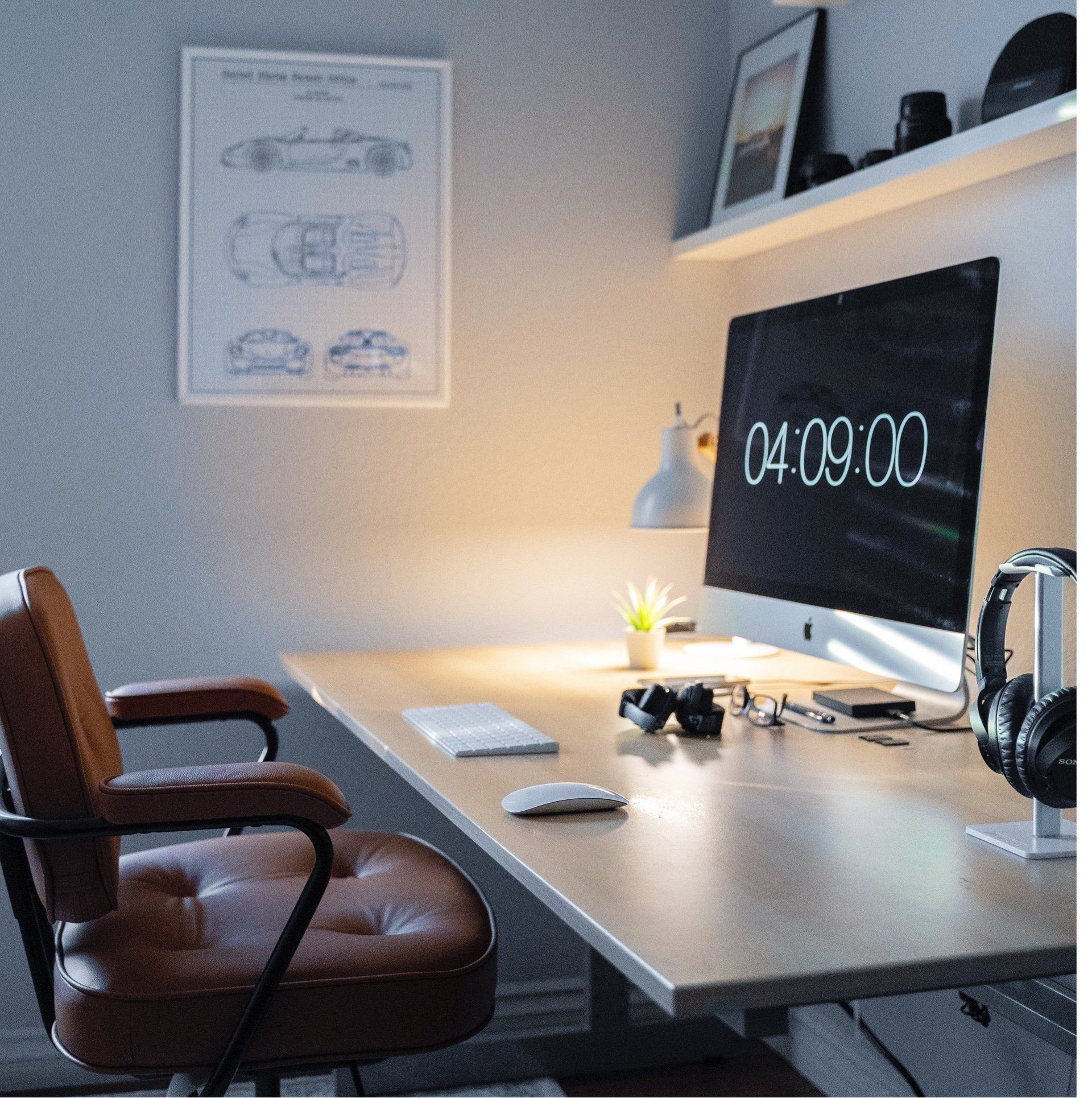Automobile Glass
Many premium dealerships suggest us for auto glass repair and windshield replacement. That means we can work with your dealer to specify the proper glass part for your vehicle and have access to your dealer's service department to conduct your glass repair or windshield replacement. Only dealer glass will be used with your insurance company's permission.
Did you realize that the windscreen of your automobile serves as a safety feature? A windshield can assist decrease crash injuries and potentially save your or a passenger's life, in addition to its primary function of shielding vehicle occupants from wind, water, and debris. How? The windshield stops most outside items from penetrating the vehicle's interior in the case of a collision. The windshield also plays an important part in front passenger airbag deployment in several cars. Finally, in a rollover, the windshield (and rear window) support the vehicle roof, preventing it from collapsing.
In addition to the safety elements mentioned above, windshield damage might impair driver vision. As a result, it's critical to inspect the windshield and other glass for cracks on a frequent basis. If your windshield is cracked or broken in any way, call your insurance provider or a professional car glass installer to arrange for repair or replacement.
Cleaning and Inspection of Glass
Use non-ammonia cleansers and soft cotton or microfiber towels to remove dirt and grime from windshields and other glass without leaving streaks. Cleaners containing ammonia can harm dash and upholstery materials, as well as window tint films.
Here are some pointers on what to check for while inspecting auto glass:
Look for chips and cracks on the interior and outside of the glass. Small cracks and "star" or "bullseye" rock chips may be repairable. Any serious damage necessitates the replacement of the windshield.
As airborne particles impact the windshield at fast speeds, tiny micro-pits form on the surface. When lit by incoming headlights or the rising/setting sun, these dips limit eyesight. A heavily pitted windshield may only be repaired by replacing it.
Examine the glass's edges for damage to the surrounding bodywork. Any issues with the glass's seal to the body can compromise structural integrity and necessitate repair.
Make that the rubber windshield wiper blades are soft and malleable, and that they can clear water from the glass in one swipe. Blades that are brittle can shatter, causing a metal wiper arm to scrape the glass.
Glass Replacement
Auto glass technicians can now repair a wide range of windshield damage thanks to new procedures and materials. Because glass repairs are less expensive than windshield replacement, some motor insurance companies may cover them with no deductible. Other carriers, on the other hand, prefer to have damaged windshields replaced rather than repaired.
A chip or crack's size and position decide whether it can be repaired. Chips and cracks smaller than a quarter and a few inches long are frequently repairable. Some states prohibit glass repairs in locations immediately in the line of sight of the vehicle because even minor repairs induce distortion that compromises visibility and safety. Any windshield with a crack extending from an edge should be replaced, according to glass experts. Because these types of fissures spread quickly and easily, a repair is unlikely to be effective.
In order to repair chips and cracks in glass, a polymer resin is injected into the damaged region, allowed to cure, and then the surface is smoothed to make the flaw practically undetectable. The outcome is determined on the quality of the tools and resins used, as well as the technician's skill. Many places sell do-it-yourself glass repair kits, but the job may be better left to a professional. Professional vehicle glass experts have more sophisticated tools and modern resins to help assure a successful repair.
Windshield repair costs vary depending on the region, auto glass service provider, and type of damage. For a single chip, prices typically vary from $60 to $100, with reductions available for multiple chips on the same windshield. Crack repair costs are comparable, while a longer crack may cost $125 or more to repair.
Replacement of the glass
The use of the correct materials and processes when replacing a windshield is crucial to vehicle safety. Motorists should choose an auto glass company that is a member of the Auto Glass Safety Council (AGSC) and employs AGSC Certified Technicians for a job well done.
Windshield replacement is covered by motor insurance policies' comprehensive coverage, less any applicable deductible. Insurance companies are required to waive the deductible for windshield repair in a certain states. This promotes driver safety by allowing motorists to get damaged glass replaced quickly and at no cost by an auto glass specialist.
Third-party businesses are frequently used by insurance companies to handle windshield replacement claims. Vehicle owners are usually referred to qualified installers by these companies. Owners, on the other hand, are not obligated to accept referrals and have the last decision over who handles the glass repair.
Other Factors To Consider
Windshield replacement costs vary by region, vehicle make and model, and kind of glass used for drivers without insurance. Independent glass installers often utilize aftermarket windshields that are often from the manufacturer supplier, whereas auto dealers use factory replacement glass. A replacement windshield for a Honda Accord cost $250 to $300 in one study of average repair costs in 16 U.S. cities, whereas a replacement windshield for a BMW X6 cost $350 to $450.
Be aware of low-cost installers that offer low-quality work. Some companies employ low-quality glass that may not fulfill all of the original equipment manufacturer's specifications. Some low-cost windshields, for example, contain visual distortion that might be distracting to a motorist. A better piece of glass is required if the reflection of a sheet of graph paper held perpendicular to the glass shows significant "ripple."
Original equipment replacement glass may be necessary if your vehicle has an advanced driver assistance system (ADAS) that uses a camera located behind the windshield, and the ADAS system must be calibrated when the new glass is installed. On some cars, some auto glass installers can execute this crucial step, but in most situations, the vehicle must be taken to a dealer for calibration.
Inspect the work after a windshield installation is completed. Check for accurate centering and that the glass is flush with the body. The space between the glass and the car body should be uniform across the top and along both sides where visible. If you're using a molding, it should be flat and even all the way around the glass, with no noticeable bumps or gaps. There should be no "whistling" or other signs of air leaks around the window when driving. If any issues arise, contact the installer to have them resolved.
The Midlands Premier Glass Installation Company








